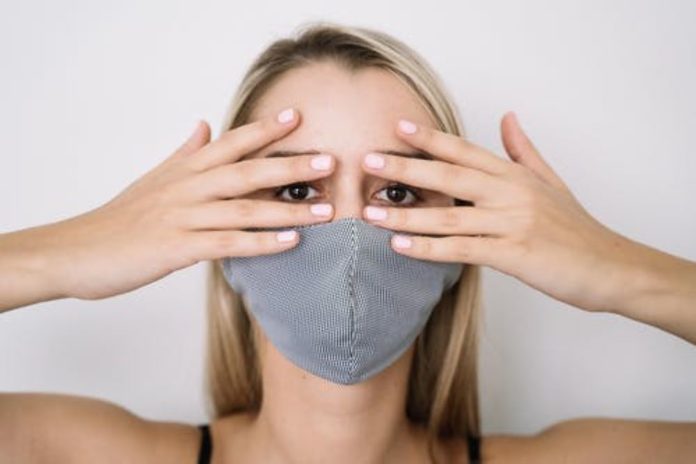Negosentro.com | A Complete Guide to Face Mask Standards | Face masks and dust masks are generally used by medical personnel and workers from recycling, masonry, foundries, agriculture, quarrying, construction, pharmaceutical industries in Australia. They operate in spaces with exposure to dust, microbes and other harmful particles that might affect these individuals. However, due to the advent of the Covid-19 pandemic, the demand for surgical and dust masks have increased 30-fold in the past two years, and people prefer buying marks of P2 standard from reliable vendors like PPE Tech. According to the National Medical Stockpile of Australia, in 2020, more than 50 million masks were distributed nationally.
Recently, there have been a lot of misconceptions about respirators and their variants. With face mask standards available in different forms from Australia (P), Europe (FFP), China (KN) and America (N), people might have many questions about which is the right one to wear for their protection. Here is a brief guide to navigating through them, as the key to proper protection is choosing the right type of mask.
Protective Masks vs Respiratory Masks
Protective masks cover the mouth and the nose and are loose-fitting. They provide one-way protection by capturing the bodily fluid leaving from the wearer. Surgeons and nurses use them to prevent sneezing, cough and other particles transmitting to patients. It should be noted that while they are loose-fitting, they aren’t effective for those with beards. Full or long beards cause these standard masks to sit off the face, limiting their effectiveness. It is therefore advised for those with a beard to use specific beard masks for effective covering.
Respiratory masks create a seal around the face due to their tight-fitting nature. The respirators with no valves provide two-way filtration, including the inflow and outflow of particles. They protect the wearer from contagions present in the environment. They are available in disposable, full-face or half-face forms.
Respiratory Face Mask Standards Available Globally
Australian (P) Standard
According to AS/NZS1716 or The Australian and New Zealand Standard for Respiratory Protective Devices, disposable respirators and face masks are categorized with a ‘P’ rate or particle protection size rating in the industrial and construction sectors. The P2 face masks from PPE Tech and other companies ensure maximum protection to the wearers by complying with the Australian Standards. These standards provide information about the selection, usage and maintenance of respirators.
European (FFP) Standard
European face masks are manufactured based on two standards including, the Filtering Face Piece (FFP) and EN 143 (P) standard ratings. The former comes from the EN 149:2001 standard maintained by the European Committee of Standardization (CEN). The FFP1, FFP2 and FFP3 masks offer protection against minor and major hazards, reducing the risk for health and safety among wearers.
American (N) Standard
The Centre for Disease Control (CDC), through NIOSH, manages the American N standard masks. It covers three variants including, N100, N99 and N95. The most commonly used face mask is the N95 type.
Chinese (KN) Standard
The KN95 follows the GB2626-2006 standard and is theoretically similar to the European FFP2 and American N95 standards.
Australian Standard Masks Explained
P1, P2 and P3 respiratory face masks adhere to the AS/NZS1716 standards set in Australia and New Zealand to protect against particles that are generated mechanically in the environment.
The P1 masks have an 80% filtration rate. They filter about 80% of the airborne particles inhaled by the wearer. People who work around sawing, drilling, sanding, cutting, grinding and such processes where large particles above 1 micron are present benefit from wearing P1 masks.
P2 masks have a filtration rate of 94%, which is suitable for preventing small particles produced by sawing, grinding, sanding, drilling and cutting. They are also notably helpful in preventing thermally-generated sub-micron particles produced by bushfires, fumes and fertilizers, and of course, biological particles like Covid-19 virus and bacteria.
P3 respirators have a filtration level of up to 99.95%, and they are used in conditions where highly toxic, life-threatening particles are present.














